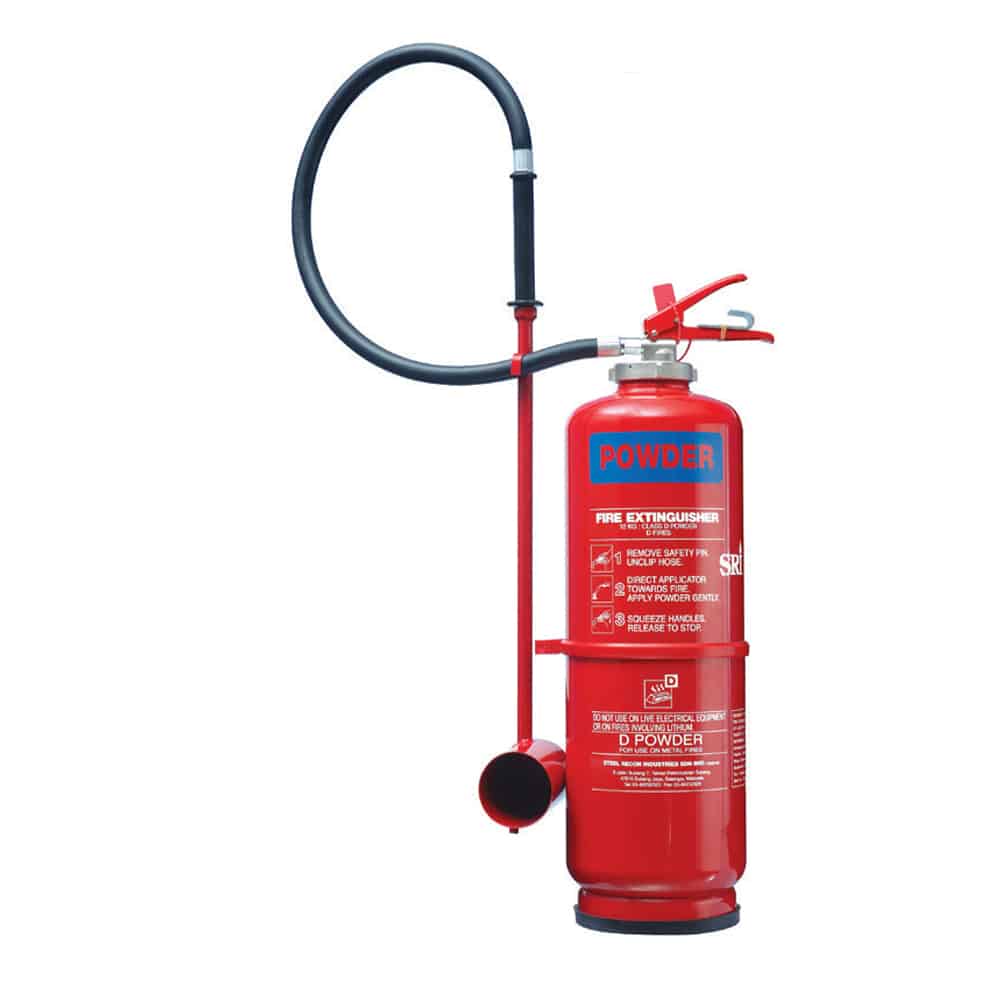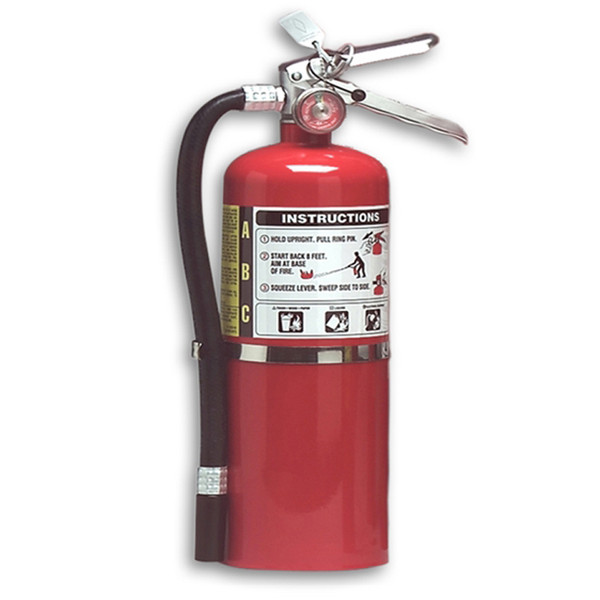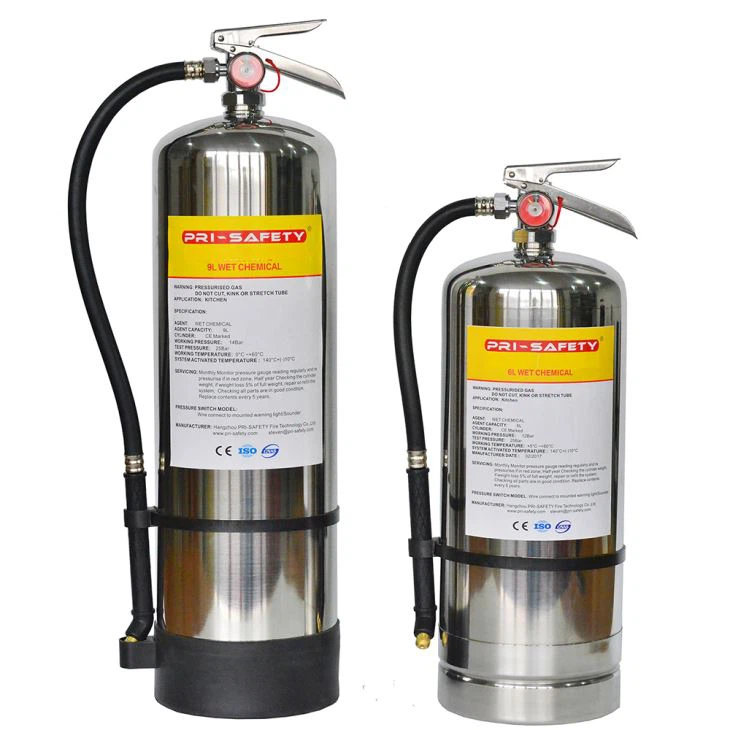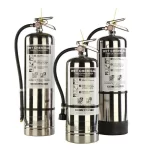When it comes to protecting your home from fire hazards, having the right fire extinguisher can significantly impact the outcome of a fire emergency. Class A fire extinguishers are specifically designed to handle ordinary combustibles such as wood, paper, cloth, and some plastics. Understanding which Class A fire extinguisher to choose, where to place it, and how to maintain it is crucial for ensuring the safety of your household. This guide will take you through everything you need to know about selecting the right Class A fire extinguisher for your home, empowering you to make informed decisions and enhancing your preparedness for fire emergencies.
Understanding Class A Fires
What Are Class A Fires?
Class A fires occur from ordinary combustible materials commonly found in homes, making them the most prevalent type of fire. These materials include wood, paper, cloth, rubber, and various types of plastics. Everyday items in your home, such as furniture, curtains, and packaging materials, can quickly ignite and contribute to the spread of a fire. For instance, a small fire can easily ignite from a burning candle or an unattended stove, leading to catastrophic consequences if not promptly controlled. Recognizing the types of materials that can lead to these fires is essential for understanding the importance of having an appropriate fire extinguisher at hand.
The Importance of Class A Fire Extinguishers
Class A fire extinguishers are vital for effectively dousing fires caused by ordinary combustibles. They use water or foam as the extinguishing agent, which cools the burning materials and reduces their temperature below the ignition point. With a Class A fire extinguisher within reach, you can act quickly during a fire emergency, potentially saving lives, property, and minimizing damage. Additionally, many homes are filled with Class A fire materials, so understanding their classification helps prepare for typical fire hazards that households encounter. By having the right resources at your disposal, you can control small fires before they escalate, providing an essential safety net for your family and home.

Types of Class A Fire Extinguishers
Water-Based Extinguishers
Water-based Class A fire extinguishers are among the most common types available on the market. These extinguishers contain plain water or a water-based solution that forms a foam upon application. They effectively cool burning materials quickly and can successfully extinguish fires rated at 2A or higher. This rating indicates that the extinguisher can handle fires comparable to those requiring two gallons of water. Water-based extinguishers are typically lightweight and straightforward to use, making them suitable for residential environments where ample combustible materials are present. Their effectiveness and ease of use make them a go-to option for homeowners.
Foam Extinguishers
Foam fire extinguishers offer an excellent solution for Class A fires while also being somewhat effective for Class B fires involving flammable liquids like gasoline, paint, and solvents. The foam creates a barrier between the fire and the air, thereby disrupting the fire’s supply of oxygen and smothering the flames. Foam extinguishers are versatile and can be crucial to have within reach, especially in residential environments where both solid materials and flammable liquids coexist, such as garages or outdoor workspaces. Their ability to handle multiple types of fires increases their usefulness in a variety of situations, making them a wise investment for homeowners looking to enhance their safety toolkit.
Essential Features to Consider
Extinguisher Rating
When choosing a Class A fire extinguisher, paying close attention to its fire rating is essential, as it gives you a clear idea of how effective the extinguisher is against Class A fires. The rating is indicated on the label and usually consists of a number followed by the letter “A,” such as 2A or 4A. Look for extinguishers rated 2A or higher for home use, as they provide adequate fire-fighting capacity for typical household fires. A higher rating also signifies a larger extinguishing agent capacity, which translates to better effectiveness in emergencies. A well-rated fire extinguisher not only offers better performance but also instills confidence that you can effectively manage potential fire risks.
Size and Weight
Fire extinguishers come in various sizes ranging from small handheld models to larger units that may require two hands for operation. Smaller extinguishers are generally easier to handle and suitable for quickly extinguishing small fires, such as those occurring in kitchens or living areas. However, larger units may have more extinguishing agent capacity, which can help manage larger fires but can be heavier and more challenging to wield, especially for smaller individuals or those with limited strength. Assess your home environment, potential fire risks, and the areas you wish to equip with extinguishers. Choose a size that balances the need for effectiveness with ease of use, ensuring that any family member can utilize it in a time of need.

Placement of Class A Fire Extinguishers
Ideal Locations
Knowing where to place fire extinguishers is critical for ensuring they are accessible during an emergency. The best locations include the kitchen, garage, and near bedrooms. Given that the kitchen is one of the most common sources of fire due to cooking activities, having an extinguisher readily available there is essential. Similarly, if you have a garage where you store flammable materials or engage in woodworking or other activities that involve combustibles, it’s crucial to mount an extinguisher nearby. Experts recommend placing extinguishers within easy reach, ensuring they are visible and accessible for quick access during emergencies.
Installation Height and Accessibility
The National Fire Protection Association (NFPA) recommends mounting extinguishers at a height that allows for easy access. Typically, the handle should be about 3.5 to 4 feet above the ground for quick reach. It’s crucial to avoid placing extinguishers in locations that might complicate access, such as behind locked doors or in high-up cabinets. In homes with small children or elderly members, consider lower placements or portable options to ensure that everyone can reach the unit easily. This level of readiness can prove vital during an emergency when every second counts, allowing you to grab the extinguisher without fumbling around.
Maintenance and Inspection
Regular Checks
Keeping your Class A fire extinguishers in good working condition is essential for preventing malfunctions during an emergency. A simple monthly inspection can consist of a visual check to confirm the pressure gauge shows green, examining the body for any signs of rust or damage, and ensuring that the locking pin is intact. If you notice any issues during this examination, it’s critical to address them promptly to ensure the extinguisher is always ready for use. Regular maintenance not only prolongs the life of your extinguisher but also provides peace of mind, knowing that you have a reliable safety device when it matters most.
Professional Servicing
In addition to regular DIY inspections, scheduling professional servicing for your fire extinguishers is crucial. Fire extinguishers should be serviced at least every six years, which involves checking the extinguishing agent, replacing any necessary parts, and conducting hydrostatic testing on models requiring it. Hydrostatic testing verifies that a fire extinguisher can withstand the pressure it will experience during use, ensuring it will function effectively in emergencies. Keeping a record of inspections and service dates can help track and maintain your equipment’s status. Proper servicing and maintenance can prevent failures during critical situations and increase the overall reliability of your fire safety measures.
Educating Your Household
Fire Safety Training
Education plays a vital role in effective fire safety within your home. It’s crucial to ensure that everyone in your household knows how to use the fire extinguishers properly. Familiarize them with the PASS technique, which stands for Pull the pin, Aim low, Squeeze the handle, and Sweep side to side. Having regular discussions and practice drills about how to handle a fire can deepen their understanding and build confidence. An educated household stands a much better chance of responding effectively in a fire emergency, potentially saving lives and reducing damage to property.
Identifying Fire Hazards
Regularly reviewing and discussing common fire hazards in your home is essential in creating a safer environment. Make a habit of going through each room with your family members and identifying potential risks, such as overloaded electrical outlets, unattended cooking equipment, and improperly stored flammable materials. By making everyone aware of these risks, you foster a collective effort to create a safer living space and reduce the likelihood of a fire starting. This proactive approach also reinforces the importance of having extinguishers readily available, as it emphasizes the need for ongoing vigilance in fire safety.

Ensure Your Home’s Safety
Choosing the right Class A fire extinguisher is a critical step in safeguarding your home from fire hazards and enhancing your family’s ability to respond during emergencies. Understanding your specific needs, the types of extinguishers available, and proper placement greatly improve your chances of effectively controlling a fire before it escalates. Regular maintenance, along with educating your household, ensures that everyone is prepared and ready to act when necessary.
Investing time to select the most appropriate fire extinguisher and implementing a comprehensive fire safety plan not only instills peace of mind for you and your loved ones but also serves as an essential component in protecting your property. The safety of your home is paramount, and being equipped with the right tools can help you mitigate risks effectively. Take the necessary steps today to enhance your home’s fire safety. Your preparedness ensures that you can maintain a secure environment, allowing you to focus on what truly matters—your family and the life you’ve built together. With the right Class A fire extinguisher in place and a solid emergency plan, you can feel confident that you are doing your part to protect your household from the dangers of fire.


